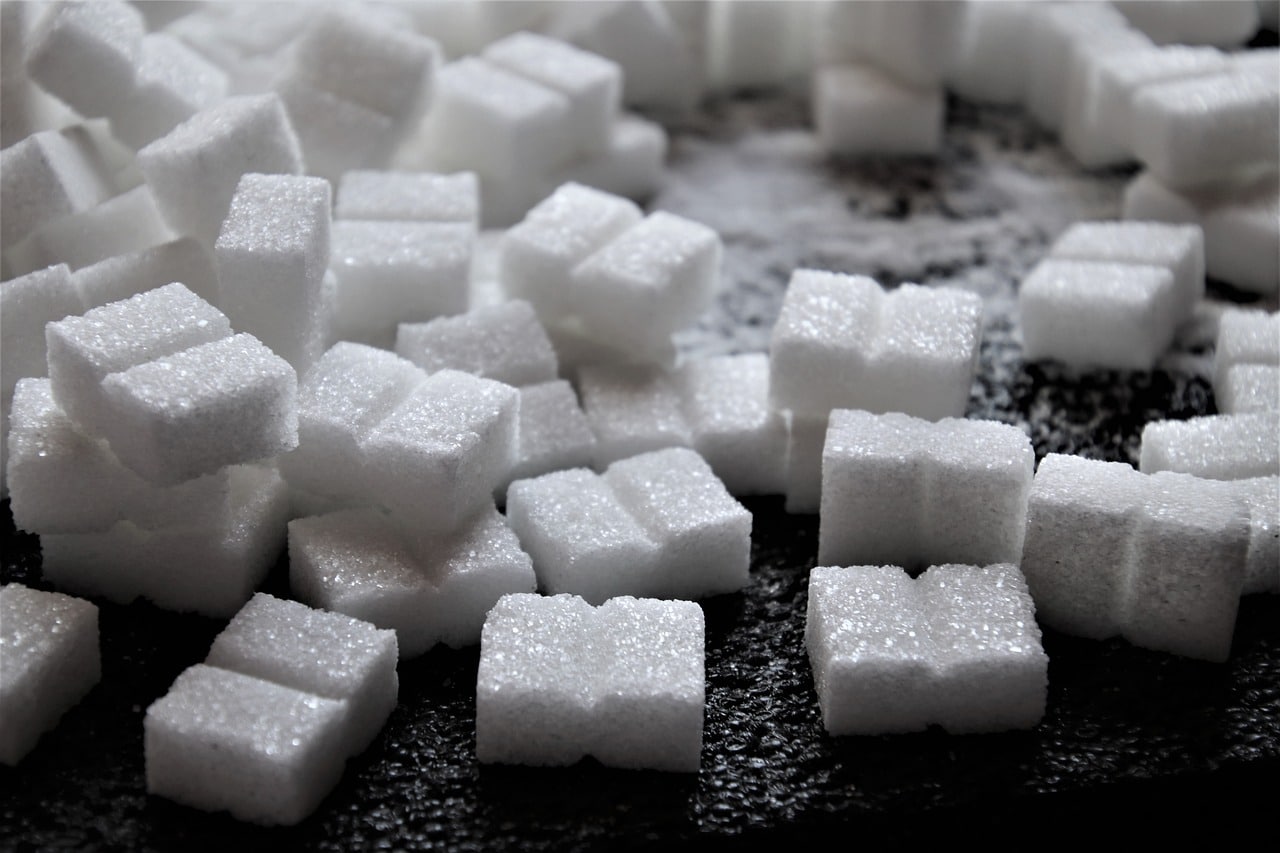
Saccharides are biomolecules made up of oxygen, hydrogen and carbon atoms.
A saccharide is a carbohydrate . Carbohydrate and carbohydrate are also synonyms that allow us to refer to the same type of substance.
Saccharides, carbohydrates, carbohydrates or carbohydrates are biomolecules : that is, molecules that constitute a living being. These biomolecules are formed with oxygen, hydrogen and carbon atoms, among other elements.
Features
Some of the most important functions of saccharides in living beings are the following:
- energy source : they are one of the main sources of energy for organisms. Through glycolysis and other metabolic processes, saccharides are broken down into glucose , which is used as fuel to produce ATP, the main energy molecule used by cells;
- energy reserve : organisms store energy in the form of saccharides to use it when necessary. In animals, glucose is stored as glycogen in the liver and muscles. In plants, energy is conserved in the form of starch in specialized organs, such as seeds and tubers;
- Structure and support : Saccharides can play an important role in the structure and support of organisms. For example, cellulose is a polysaccharide that forms the cell wall of plants, providing strength and rigidity. Chitin, another polysaccharide, is the main component of the exoskeleton of arthropods, such as insects and crustaceans;
- Cellular recognition : Saccharides also play a fundamental role in cell recognition and cell-cell interactions. Oligosaccharides and glycolipids present on the surface of cells act as recognition signals and play roles in cell communication, cell adhesion, and immune recognition.
Classification
Saccharides are classified into different categories based on their chemical structure and composition . Let's look at the four main types, taking as reference the number of sugar units and the structural characteristics of the molecules:
- Monosaccharides : These are the simplest carbohydrates and cannot be broken down into smaller units by hydrolysis . Monosaccharides consist of a single sugar unit. Some examples of monosaccharides are glucose, fructose and galactose;
- Disaccharides : They are carbohydrates formed by the union of two monosaccharides through a glycosidic bond. Disaccharides are larger and more common molecules. Some examples of disaccharides are sucrose (glucose + fructose), lactose (glucose + galactose), and maltose (glucose + glucose);
- Oligosaccharides : These are short chains of monosaccharides joined by glycosidic bonds. Unlike disaccharides, oligosaccharides can contain more than two sugar units, usually three to nine. They are found in various biological functions, such as cell recognition and immune response;
- Polysaccharides : They are carbohydrates formed by the union of many monosaccharides. They are macromolecules and can be composed of hundreds or thousands of sugar units. Examples of polysaccharides are starch, cellulose, glycogen and chitin. These play important roles in energy storage, cellular structure, and structural support in organisms.
Etymology
Saccharide is a term that comes from the French saccharide , in turn derived from the Latin sacchărum (translatable as "sugar" ).

In colloquial language, saccharides are known as "sugars."
This Latin word, meanwhile, comes from the Greek sákcharon , which has the same meaning. The term was coined in the 19th century by the German chemist Emil Fischer to refer to carbohydrates or carbohydrates, which are organic compounds that contain carbon, hydrogen and oxygen in a proportion similar to that of water (CH2O)n , where n represents the number of carbon atoms.
Regarding the suffix -ido , it is used in chemistry to indicate that it is an organic compound. It is important to mention that the word saccharides is mainly used in the scientific and technical field, while in everyday language it is more common to refer to these compounds simply as "sugars."
